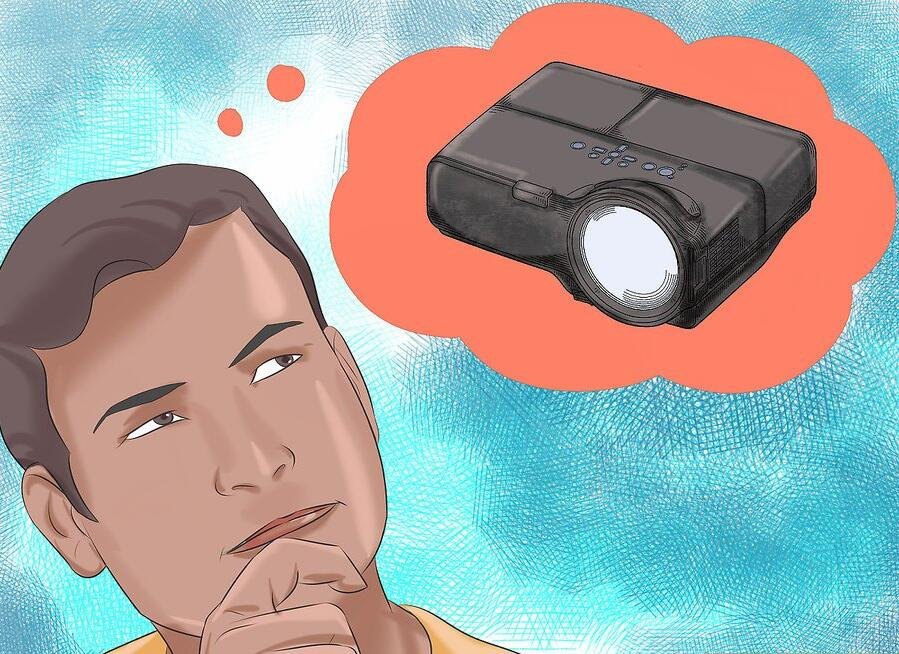1. Determine the available space and the most common use for the projector.
This will help you narrow down the most important attributes to consider when you buy a projector.
For example, weight will be a factor if you will transport the projector frequently. Weight will not be as important if you buy a projector for fixed installation. Portable DLP projectors are lighter than portable LCD projectors.
2. Learn about the factors used to categorize and evaluate projectors.
Resolution is a major factor. Projectors for viewing videos in a large room or auditorium, for example, will require a higher resolution than projectors used for PowerPoint presentations in an office. You need to choose a projector with a high enough resolution for its most frequent use. A resolution of 800 x 600 DPI (dots per square inch) is generally adequate for basic PowerPoint presentations in an office or conference room. 1024 x 768 or higher allows for more detail and 1280 x 1024 for an even higher quality image.
Brightness and contrast are important elements of image quality. Projector brightness is measured in lumens. Lumens range from 500 to 1,000 for small, dark rooms to more than 2,000 lumens for large, brightly lit rooms. Purchase a projector that is rated for the most brightly-lit uses you anticipate. Additionally, the larger your screen size, the more brightness you will need.
3. Decide how much you can spend to buy a projector.
Projectors are available in a wide range of prices. You need to budget and balance cost and performance considerations.
When you purchase a projector, your total purchase may also include a screen and possibly other peripherals, such as a monitor and cabling.
4. Determine the number and types of inputs and outputs you will require when you buy a projector.
If you wish to project to a monitor as well as a screen, so that a speaker can refer to a presentation without turning away from the audience, you will need to choose a projector with a second VGA or video output.
If you plan to project video, determine whether you need to buy a projector with HDMI, composite or component video inputs.
5. Visit a projector dealer or trade show to compare projectors.
Your dealer may also have specific recommendations for your particular situation and needs.
This will help you evaluate brightness, contrast, noise level during operation and other factors that may be hard to visualize without actually seeing the projector.







